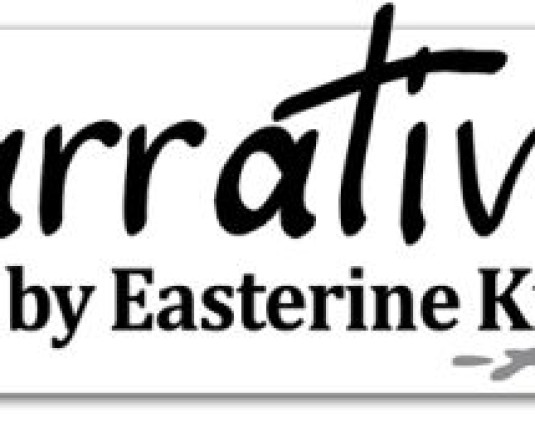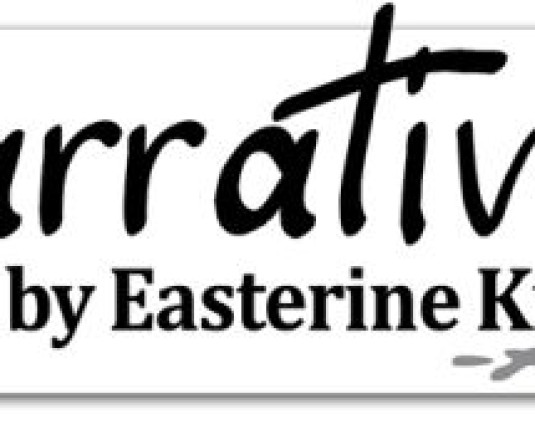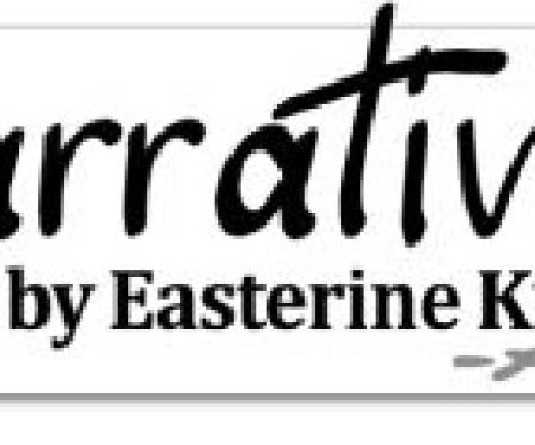
I heard that climate scientists in certain countries are very interested in finding out more about indigenous knowledge, and making use of it. They are interested in how indigenous people take their cue from the spiritual world and actualise their role in guardianing nature. I was told this story: In Canada, a scientific team was setting up their equipment on an ice floe. It looked very steady. An old Native American was watching their progress. Suddenly he shouted to the team, ‘Get off the ice now!’ with great authority (authority backed up by knowledge). By their good fate, they immediately obeyed his voice, recognising the authority in it. They scrambled off the ice floe, not quite understanding why they were doing what they were doing. To their astonishment, the ice floe that had seemed so secure broke into pieces and was swept away by the raging waters. It happened in a few minutes. Had they not obeyed the elder’s voice, they might have all died. Indigenous knowledge is undervalued. How did that elder know the ice floe was at the highest point of disintegration? Could there be something in indigenous DNA that is so closely connected to the life of nature that it expresses itself through the indigenous body? These are fascinating subjects to explore.
I used to call my aunt a moon watcher. She would look at the new moon and say something like, ‘Ehe, it has got its legs in the air. It will rain.’ Sure enough, following aunt’s prediction, it would rain all week after the new moon was sighted. How could she tell? She was always accurate every time. But when questioned, she was not able to say where she had learned this knowledge or how she knew what she knew. She just knew. That is the thing about indigenous knowledge. People just know. They do not go to university to study for a degree in it. Perhaps it is underrated because of that fact, and the danger is great that we could take it for granted or set it aside as superstition.
What about the women who have a distinct gift for locating a sprained muscle or sprained ankle, and can cajole it back into place? Many prefer to go to them to treat a sprained something rather than go to a medical hospital. They certainly have a gift, and it works. A woman healer regularly received dreams that guided her to leave her vocation and begin to heal others. In such a wondrous manner does the mystery of the indigenous go to work. The decision the woman made would be termed by the educated as her calling. The woman was led by several dreams showing her the herbs that could cure different ailments. When her dreams had convinced her, she followed their lead and became a healer. I think it is just wonderful that anyone could have faith in the unknown and take a step that is momentous, and life changing. She now lives in a quiet village growing vegetables that need no manure and she raises chickens and ducks, and makes herself available to those who need her. It is not a strange life. It is close to idyllic. It is about following something more. We think nature is strange. Maybe we are the ones who are weird and foolish for having removed ourselves so far from the lessons that nature is always trying to teach us.
An 80-year-old writer shared an unusual account with me. In 1993,on the 13th September, there was no rain in the day. Suddenly, out of a clear sky, a great rain came from the forest and destroyed two bridges of the village. Many fields that were getting ready for ripening, were also destroyed by the rain. The affected village was astonished at the freak rain, and could get no answers. Meanwhile on the same day in America, PLO leader Yasser Arafat and Israeli Prime Minister Yitzhak Rabin were shaking hands after signing the Israeli-PLO peace accord at the White House under Bill Clinton’s presidency, initiated by his efforts. How were these two events connected? Were they connected? I think it is intriguing that nature in the Naga woods should have a marked display of violence on such a momentous day for Israel. Interesting in the light of that to look at the treaty today. Wonder what the Bible says about peace-making between Arabs and Israel?
According to the same source, in earlier years, men would travel to Dimapur to do coolie work and earn some money. But if the months of March and April came round, and they saw the Flame of the Forest blooming, they would have something to say about that. The Flame of the Forest blooms at a different season in the hotter climate of Dimapur. When the men see it blooming, they stop working, and tell each other, ‘Time to go back home.’ They believed that if they did not return home at the blossoming of the scarlet flowers, sickness would come upon them. And they would leave whatever labour they were engaged in, and head for their villages. Once they were back, they would start field work. Can it get more indigenous than that?






